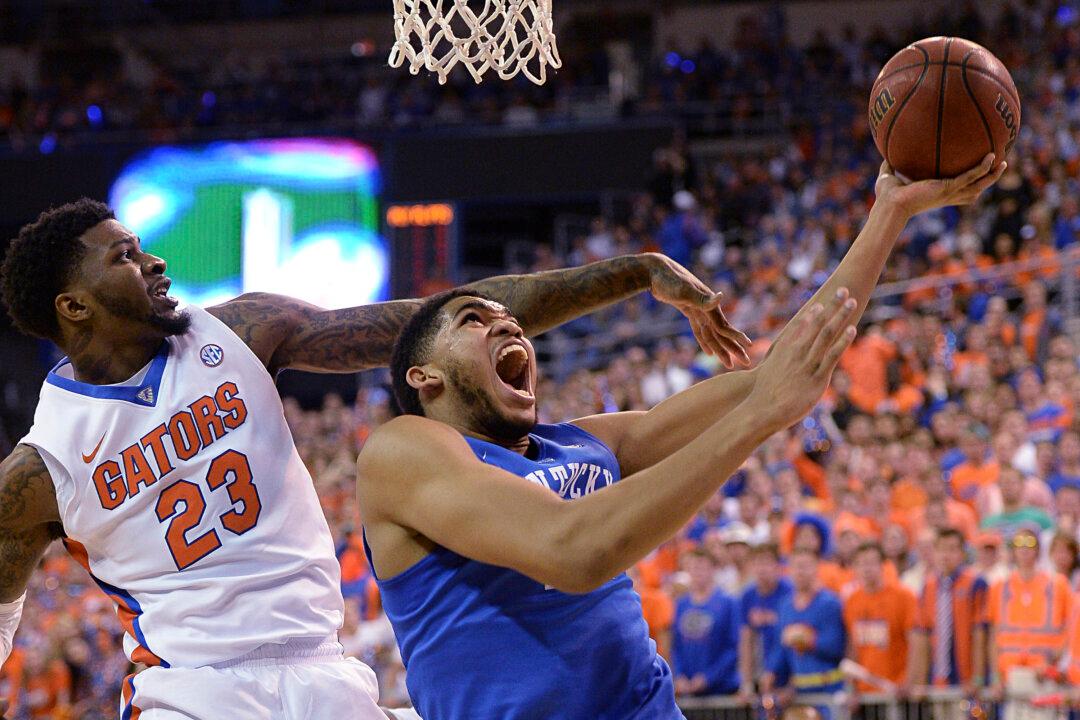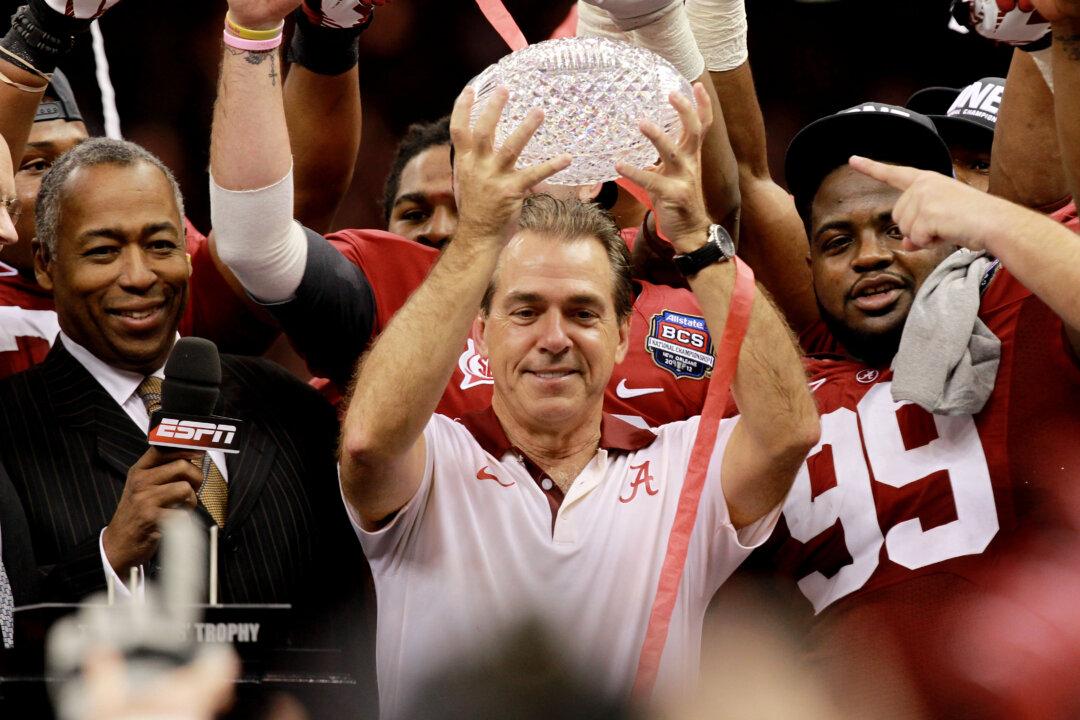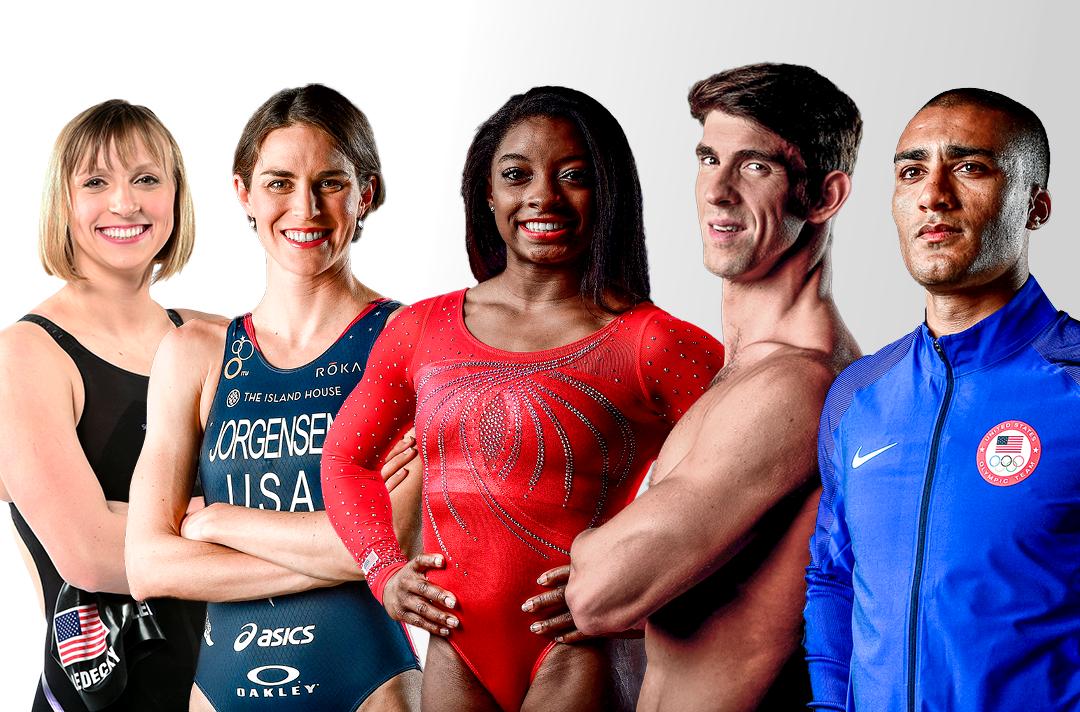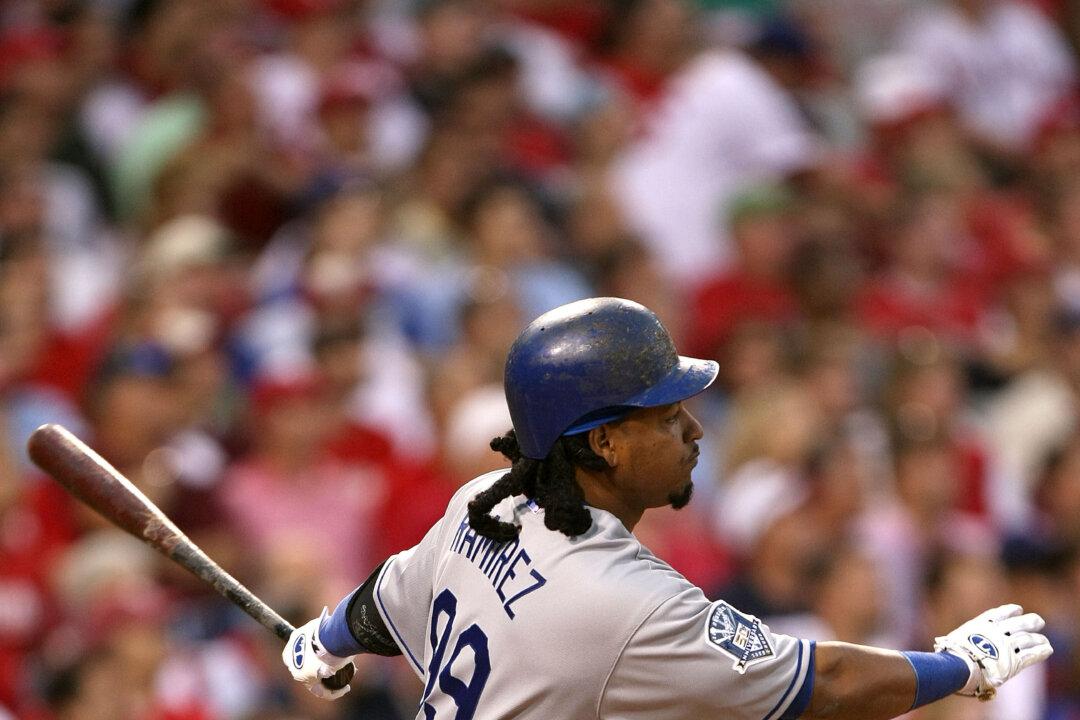In 1976, the Bob Knight-led Indiana Hoosiers went 32–0 en route to winning the national title. It would mark the fifth time in a 13-year period that a team would finish with a perfect record—with the other four times being done by John Wooden’s ridiculous UCLA juggernaut.
Thirty-nine years later Indiana is still the last to do it, though 30–0 Kentucky is coming closer and closer to duplicating the feat.
Not only are the Wildcats undefeated, they’ve obliterated national powerhouses like Kansas and UCLA, while also topping North Carolina, Louisville, and Texas. With only one regular season games left on the schedule (versus Florida in Lexington) Kentucky has a great chance to enter the Big Dance without a blemish. That’s where it gets tough though.
Here are the best starts, by any team, since 1976 and how they finished the year.
8. (tie) Memphis, 2007–08, started 26–0.
Tournament finish: National final, with a 38–2 record.
Why so good? John Calipari’s squad had freshman point guard Derrick Rose (14.5 points per game), Chris Douglas-Roberts (18.1 points) at the wing, and Robert Dozier (8.6 points, 6.9 rebounds) in the paint.
First Loss: Regular season game versus Tennessee 66–62. The top-ranked Tigers hit just 8 of 17 free throws to lose to the second-ranked Volunteers. It would be a sign of things to come.






